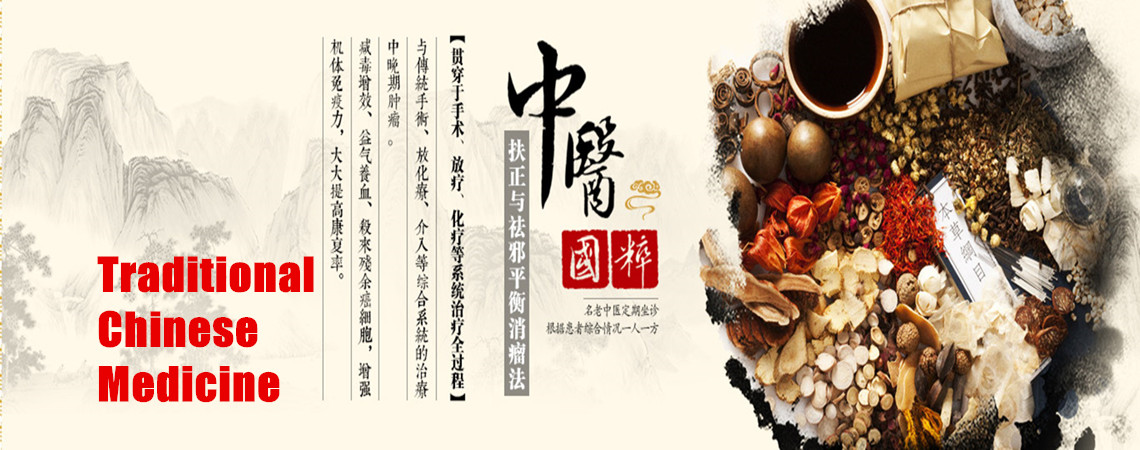
Theory of TCM
The theory of traditional Chinese medicine comes from the summary of medical experience and the ideology of Yin and Yang in ancient China. Its contents include the theory of qi, the theory of yin and yang, the theory of qi and blood, the Tibetan elephant, the meridian, the constitution, the cause, the disease, the pathogenesis, the rule, and the health. As early as more than 2,000 years ago, the Chinese Medicine monograph "The Yellow Emperor's Internal Classic" came out and laid the foundation of Chinese medicine. Up to now, theories, diagnostic methods, and treatment methods related to traditional Chinese medicine can be found in this book.
Theory of TCM
Theory of TCM
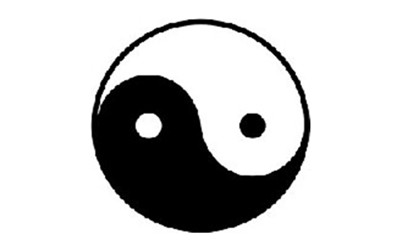 |
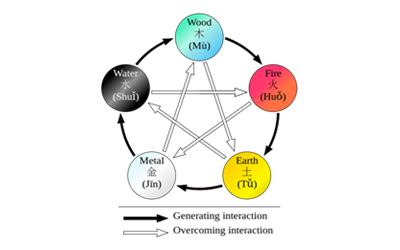 |
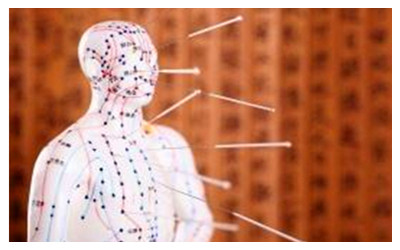 |
| Theory of Yin-Yang | Theory of Five Elements | Acupuncture |
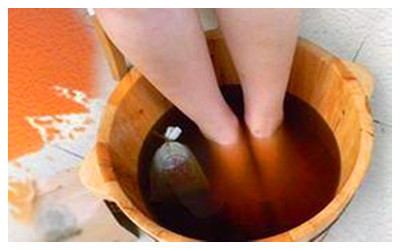 |
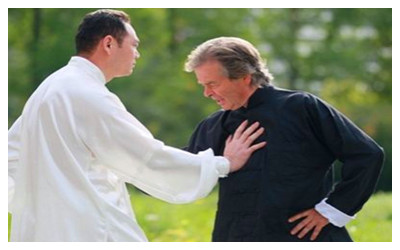 |
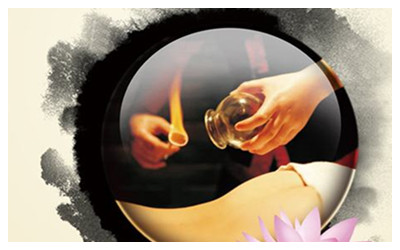 |
| Herbal Therapy | Qigong Therapy | Cupping Therapy |
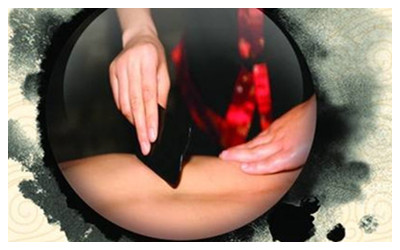 |
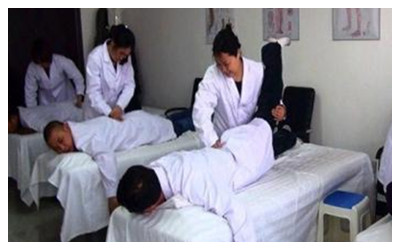 |
|
| Scraping Therapy | Massage Therapy |
The theoretical system of traditional Chinese medicine is gradually formed under the guidance of the theory of materialism and dialectics after long-term clinical practice. It comes from practice and in turn guides practice. Through the analysis of the phenomenon, to explore its internal mechanism. Therefore, the unique theoretical system of Chinese medicine has two basic characteristics, one is the overall concept, and the other is syndrome differentiation. The basic theory of Chinese medicine is a theoretical summary of the changes in human life activities and diseases. It mainly includes the theory of yin and yang, five elements, qi and blood, fluid, meridians, and luck, as well as etiology, pathogenesis, diagnosis, syndrome differentiation, and treatment. Governing the law, prevention, health and other content.







 Ask Questions ?
Ask Questions ?